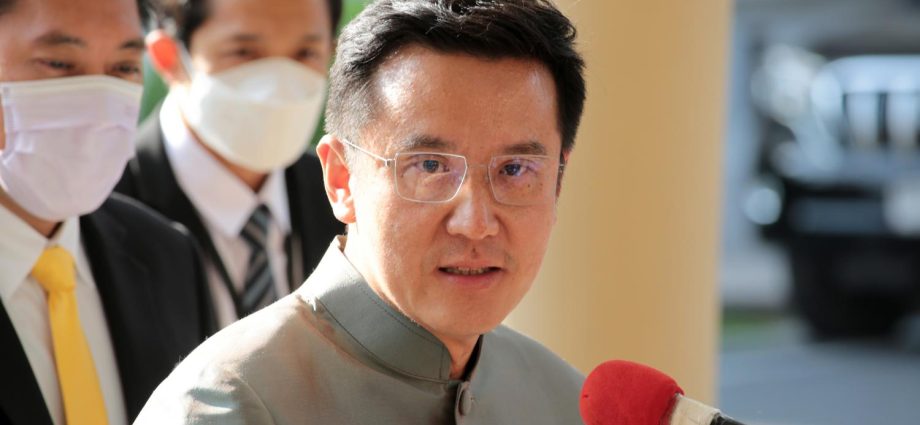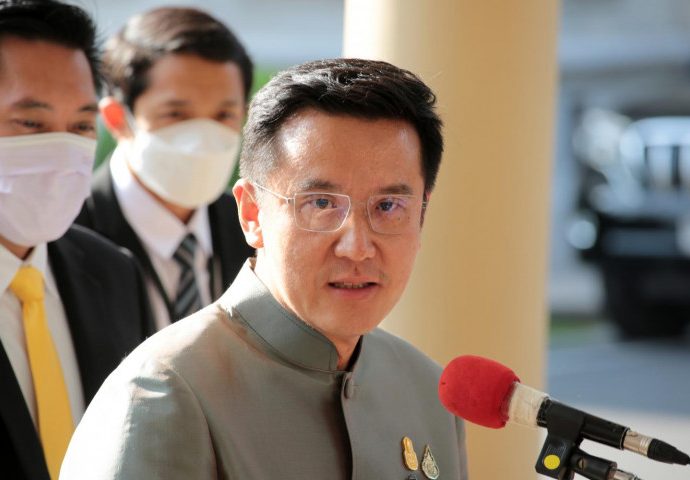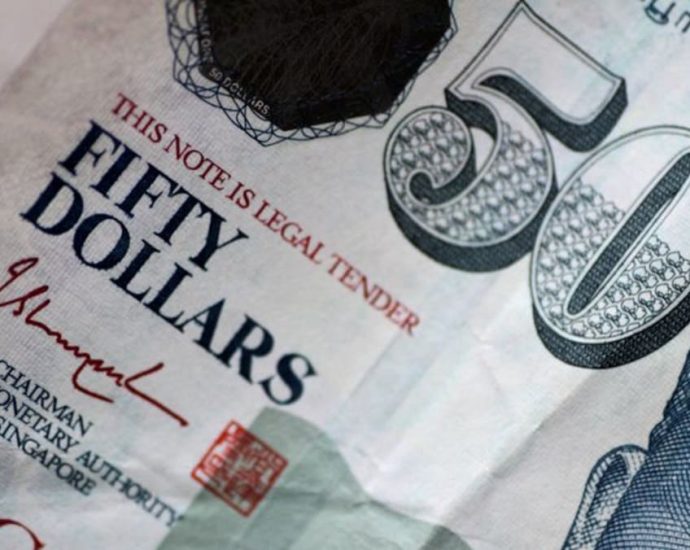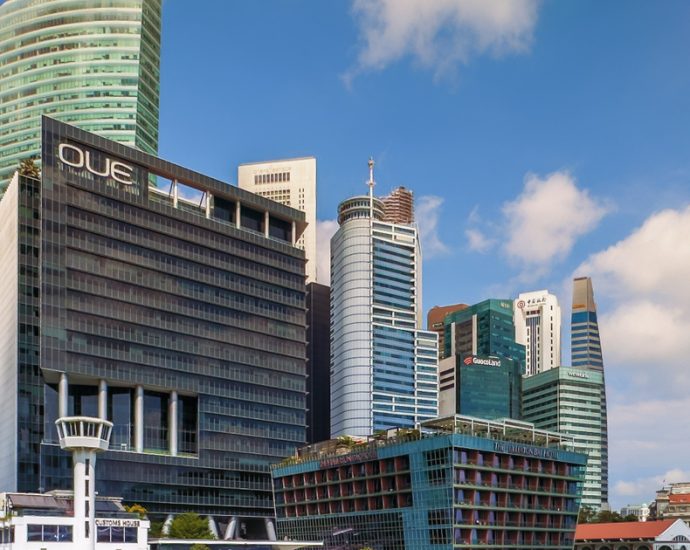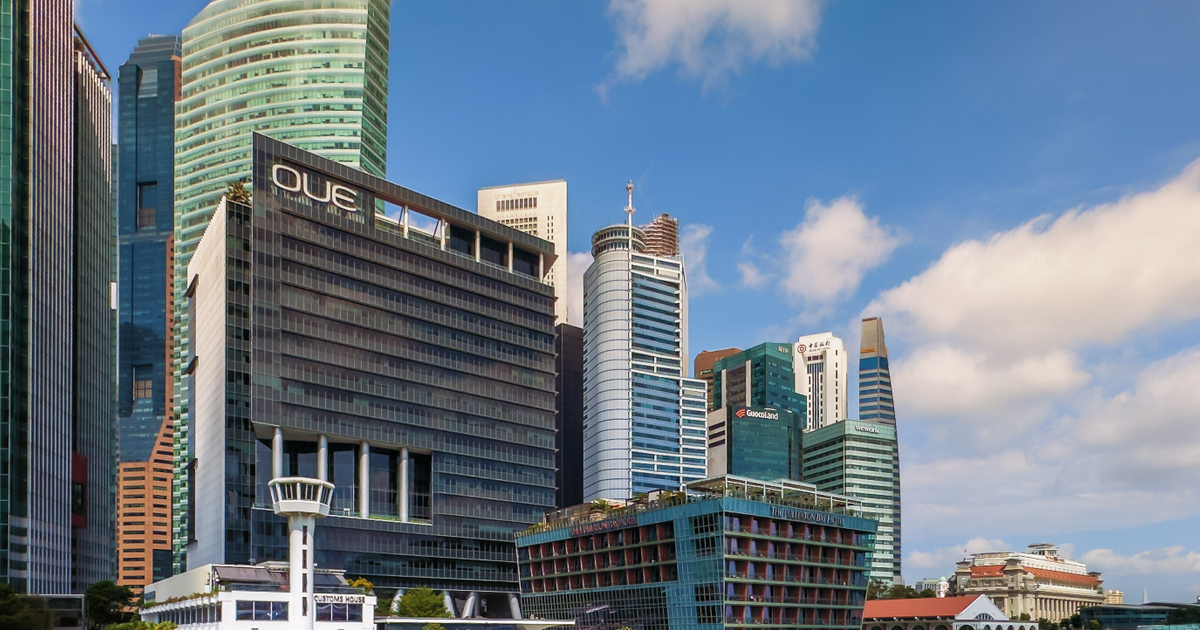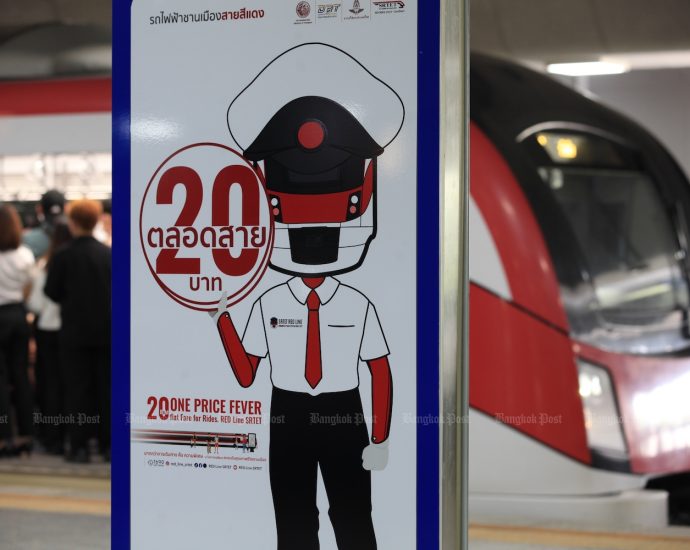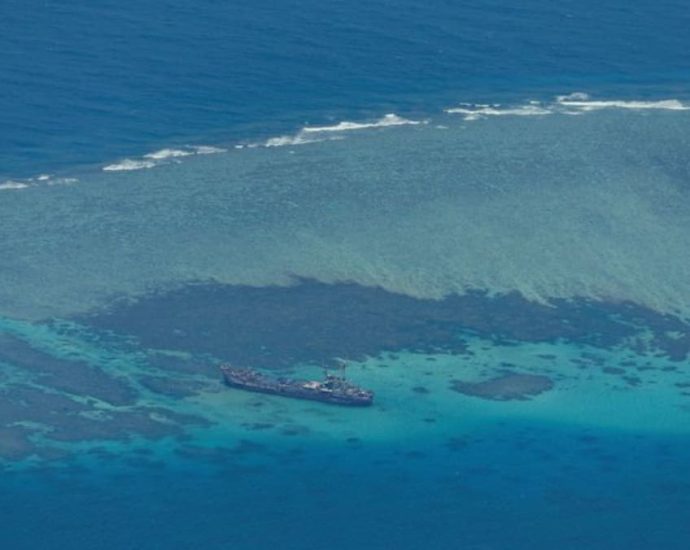Pheu Thai Party moves forward without Gen Prawit

The Palang Pracharath Party (PPRP) under the leadership of Gen Prawit Wongsuwon is poised to become a formidable opposition force after being dropped from the Pheu Thai-led government, according to political pundits.
Simmering tensions between the two parties finally boiled over last week when Pheu Thai, with the support of its MPs, resolved to exclude the PPRP from the new cabinet line-up.
According to Pheu Thai secretary-general Sorawong Thienthong, the party MPs felt the PPRP leader did not value the Pheu Thai Party, judging from his absence from a prime ministerial vote — not once but twice.
Gen Prawit did not attend the parliamentary sessions to vote for Srettha Thavisin to be prime minister a year ago and for party leader Paetongtarn Shinawatra to succeed Mr Srettha after his removal from office by the Constitutional Court recently.
After ditching the PPRP, the core government coalition party invited its long-time rival, the Democrat Party, to join the new coalition government. The move is widely seen as the ending of the long-standing rivalry between Pheu Thai and Democrats. It has also pushed Gen Prawit, who controls 19 PPRP MPs, into the opposition.
Friend or foe
Deputy PPRP leader Chaiwut Thanakamanusorn said the administration of Prime Minister Paetongtarn Shinawatra should brace for intense scrutiny from the opposition party, a role it intends to fulfil. “We’ll diligently do our job. As a matter of fact, we have always scrutinised government work. However, this time round we won’t pull any punches,” he said.
Mr Chaiwut said while the government will have no problem pushing its major policies as it has a strong majority in the House, it may encounter some difficulties along the way.
Some policies, including the casino-entertainment complex scheme, are controversial. There is also growing pressure to address economic problems and alleged interference by a party outsider, a reference to Thaksin Shinawatra, the premier’s father.
Moreover, the Pheu Thai Party’s strategy of poaching MPs from other parties, and failing to follow the country’s political party system, could potentially backfire, cause a rift within the coalition and weaken it.
“The way [Pheu Thai] manoeuvres in politics could lead to internal conflicts. Demands will be made but [the demands] may not be met because [the party doesn’t] follow the political party system. When interests are no longer aligned, disputes will follow. Political instability will make it harder to work,” Mr Chaiwut said.
The coalition government is made up of 141 MPs from Pheu Thai, 70 from Bhumjaithai, 36 from United Thai Nation, 25 from the Democrats, 10 from Charthaipattana, three from Chart Pattana and 21 from a faction within the PPRP led by Capt Thamanat Prompow.
Pheu Thai is not concerned about Gen Prawit’s political clout or charisma as some might argue, according to the PPRP deputy leader.
Instead, the ruling party seeks politicians who can respond to its agenda, and the PPRP happens to have a faction of MPs who previously worked with Pheu Thai and were offered cabinet seats in return, he said.
He was referring to the one headed by Capt Thamanat, the PPRP secretary-general who is known to have maintained a relationship with Thaksin.
During the transition, Capt Thamanat declared his independence from Gen Prawit while expressing support for the Pheu Thai-led coalition. Mr Chaiwut said the PPRP had understood the cabinet quota agreement made when the party supported Mr Srettha would remain intact even after he was removed from office, but apparently, the party was mistaken.
The PPRP did not announce its departure from the government despite knowing it would be excluded from the cabinet because it wanted to be on the record that Pheu Thai was the one who broke the agreement, he said.
“We’re not the ones who made the changes. It’s all about politics where [personal] interests are used as bait. Some people know they aren’t qualified to serve in the cabinet and instead opt for a nominee, which I believe is wrong,” he said.
Mr Chaiwut dismissed Pheu Thai’s claim that it excluded the PPRP because of Gen Prawit’s no-show in the votes for Pheu Thai’s prime ministerial candidates.
The PPRP has 40 MPs and all except Gen Prawit turned up to support Mr Srettha and Ms Paetongtarn, he said, noting he did not think Gen Prawit’s absence could affect the outcome of the vote.

Chaiwut: ‘We won’t pull any punches’
Play it safe
Without the PPRP, the government can still drive its agenda in parliament due to its strong majority in the House, but Gen Prawit should not be taken lightly, according to a Pheu Thai source.
The government needs to tread carefully, the source said. The PPRP leader has been in politics for decades, the source said, suggesting he was an influential figure capable of stirring up trouble and making things difficult for the Pheu Thai-led government under Ms Paetongtarn’s leadership.
The party was fully aware of Gen Prawit’s vast political clout and perceived influence over key independent public agencies, but it has no choice but to exclude him.
It is widely thought that Gen Prawit is the mastermind behind the 40-odd senators who filed a petition against Mr Srettha over the appointment of ex-convict Pichit Chuenban as a PM’s Office minister.
To steer clear of legal troubles, the government needs to be “extra cautious” with every decision, and appointing PPRP secretary-general Thamanat, who has alienated himself from the party, also involves risks, according to the source.
The ruling party anticipates that Ms Paetongtarn will face multiple petitions against her and the government cannot afford to take any chances.
“The government should be able to deliver its policy if it manages to avoid legal pitfalls. We want to complete the rest of the term, so we must be careful with the appointments,” said the source.
However, he admitted Thaksin’s activities can also spell trouble for the government, especially with his political rivals looking for any missteps.
Pheu Thai list-MP Prayut Siripanich said the government must be thorough in its work following the Constitutional Court’s ruling in Mr Srettha’s case, which has set a precedent regarding ethics under Section 160 of the constitution.
Mr Prayut said thorough background checks on candidates for cabinet posts are necessary to avoid any legal issues that could land the new government in trouble.

Prayut: Govt must avoid any legal issues
Grace period
Stithorn Thananithichot, director of the Office of Innovation for Democracy at the King Prajadhipok’s Institute, said Gen Prawit does not pose a major risk for the government at the moment.
Ms Paetongtarn is expected to be given some time to work and she is likely to see out her term in office if her government can deliver results, he said, pointing to Thaksin’s active engagement in politics.
However, if she is unable to make significant changes, it is possible she could meet the same fate as Mr Srettha, said Mr Stithorn.
The analyst said the government is expected to deliver results by the first or second quarter of next year, and its performance will be judged by the party’s approval rating and economic conditions. He added that if there is no improvement within a year, changes to the government may be anticipated.
“Pheu Thai’s decision [to exclude Gen Prawit] makes it clear the party isn’t afraid of Gen Prawit or his ‘tool’. [Pheu Thai members] know they have a grace period,” he said. Mr Stithorn said he foresees no imminent conflicts within the coalition because the partners are deemed satisfied with their cabinet quotas.
The Democrat Party under Chalermchai Sri-on operates similarly to the Bhumjaithai Party, while Capt Thamanat is expected to fall in line as long as he maintains a role in the government even through a proxy, he said.
“With over 300 House seats, the government has stability. A problem may arise in case there is no progress in its work, and changes are required. Some individuals might not want to give up their cabinet portfolios,” he said.
The only issue that could bring down the government is its failure to meet public expectations, which were raised following Thaksin’s presentation of his national vision at a recent dinner talk. “If the government falls short, it will be seen as a failure. In my view, this is the government’s Achilles’ heel. The government showcases its visions, and people expect it to achieve them,” he said.

Stithorn: Partners are ‘satisfied’ with quotas

